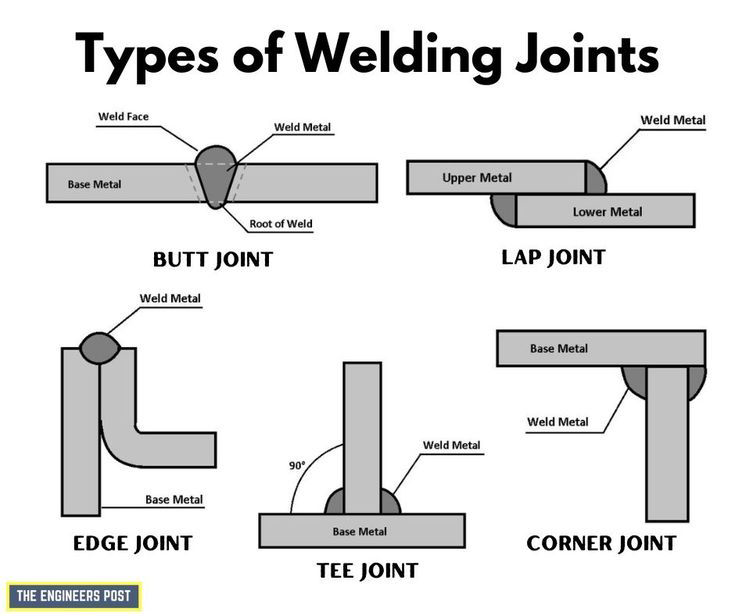Welding is an essential skill in various industries, from construction to automotive manufacturing. Whether you are a seasoned professional or a curious beginner, understanding the five basic weld joints can greatly enhance your welding techniques and the quality of your work. These joints are the foundation upon which strong and reliable connections are built. This article aims to demystify these joints, shedding light on their applications, benefits, and some tips to master them.
What Are the Five Basic Weld Joints?
The five basic weld joints are:
1. Butt Joint
2. Corner Joint
3. T-Joint
4. Lap Joint
5. Edge Joint
Each of these joints has its unique characteristics and is suited for specific applications. By knowing when and how to utilize them, you can improve the strength and durability of your welds.
1. The Butt Joint
The butt joint is perhaps the most common type of weld joint used in manufacturing and repair work. It involves joining two pieces of metal end-to-end. This joint can be seen in applications like pipelines, where large sections need to be connected.
Example: Picture a pipeline worker joining two metal pipes. By using a butt joint, the worker effectively creates a seamless connection that can withstand pressure over long distances. When creating butt joints, ensuring proper alignment is crucial to prevent leaks.
好处:
– The butt joint offers a clean appearance and maximum strength.
– It is easier to weld since the pieces are aligned directly.
2. The Corner Joint
The corner joint connects two pieces of metal at a right angle. This configuration is often used in frames or boxes where structural integrity is paramount.
Example: Consider a metal furniture maker constructing a chair. By using a corner joint to attach the legs to the seat frame, the maker creates a strong, stable base that can support weight. This type of joint prevents wobbling and instability, key features in furniture design.
好处:
– Provides good strength and stability.
– Ideal for applications that require robust support.
3. The T-Joint
The T-joint is formed when one piece of metal is joined perpendicularly to another. This joint is particularly common in construction and manufacturing industries, where cross connections are essential.
Example: Imagine a metalworker building a steel framework for a building. Using T-joints allows for effective load distribution across the structure, ensuring strength and stability as the building rises.
好处:
– Excellent for creating frameworks and structures.
– Allows for good strength distribution.
4. The Lap Joint
A lap joint involves overlapping two pieces of metal. This type of joint is particularly useful for joining thin materials, as it allows for increased surface area for welding.
Example: Think of an automotive manufacturer working on car body panels. Using lap joints, the manufacturer can effectively attach overlapping panels, creating a smooth finish and preventing air and water leakage.
好处:
– Provides a larger area for weld penetration, leading to stronger joints.
– Especially effective in situations where the material is thin.
5. The Edge Joint
An edge joint connects two pieces of metal along their edges. This joint type is often used in applications where aesthetics are not a priority but structural support is critical.
Example: Consider a shipbuilder putting together the metal hull of a vessel. Edge joints might be used to connect metal sheets that form the outer shell, ensuring strength and sealing so that the vessel remains watertight.
好处:
– Useful in applications needing minimal visibility of the weld.
– Effective for thin materials where fusion along the edge is critical.
Factors to Consider When Choosing a Weld Joint
When deciding which of the five basic weld joints to use, several factors come into play:
1. Material Thickness: Thicker materials may require different joints than thinner materials.
2. Load Requirements: Understanding what kind of forces the joint will endure is critical for choosing the appropriate type.
3. Aesthetic Needs: In some cases, the appearance of the weld is just as important as its structural integrity.
4. Accessibility and Positioning: Consider the workspace and whether the joint can be easily welded in the given position.
结论
Understanding the five basic weld joints not only simplifies the welding process but also elevates your craftsmanship. Each joint serves specific applications and provides unique benefits that can enhance the quality of your work. By mastering these joints, you can improve the performance and durability of your welds, whether you’re working on a large-scale industrial project or crafting custom furniture.
In today’s competitive market, the ability to select the appropriate joint can make a significant difference in both the functional and aesthetic quality of your welding projects. Therefore, before you start your next welding endeavor, remember to consider the distinct characteristics and applications of the five basic weld joints to ensure successful results. As you delve deeper into the world of welding, let these essential joints guide you towards mastering this vital skill.

